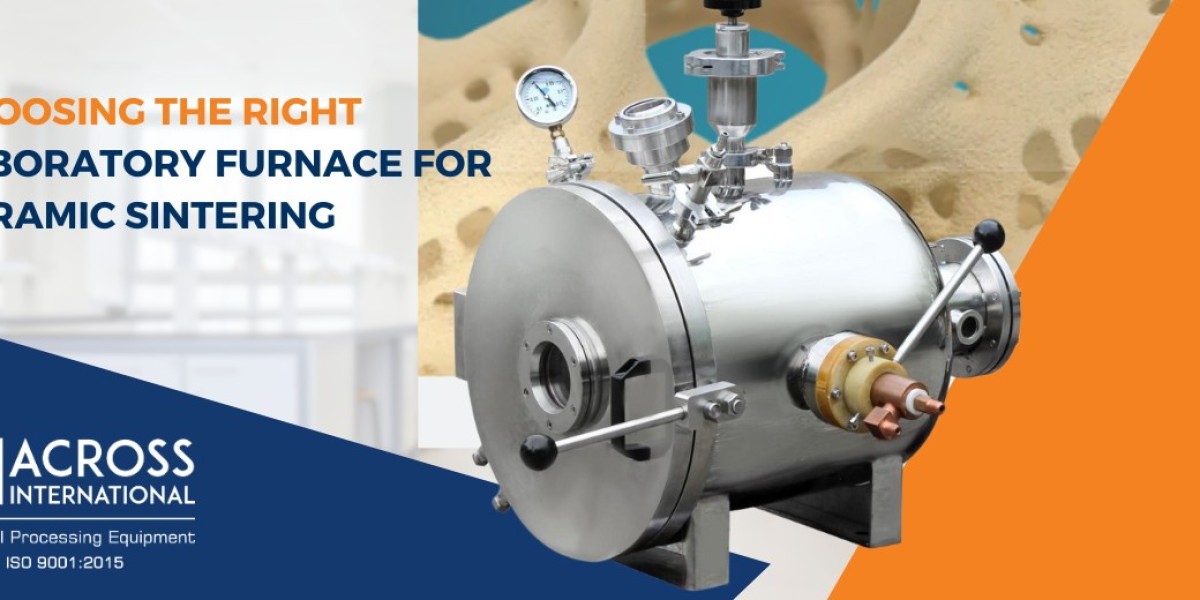Choosing the right Laboratory furnace for ceramic sintering is crucial for achieving the desired product quality and optimizing your workflow. Here's a step-by-step guide to help you navigate the process:
Define your needs:
What type of ceramic material are you sintering? Each material has specific sintering parameters like temperature range and atmosphere requirements.
What size and complexity are your ceramic parts? Ensure the furnace chamber can accommodate your parts comfortably. Intricate shapes might require special configurations.
What is your production volume? Do you need a furnace for small batches or continuous production?
Consider Lab furnace type and features:
Temperature range: Choose a Lab furnace capable of reaching the required sintering temperature for your material. Most operate between 1200°C and 3000°C.
Atmosphere control: Some materials need inert atmospheres like argon or nitrogen to prevent oxidation. Vacuum furnaces offer this capability.
Heating elements: Consider electric furnaces with molybdenum disilicide or silicon carbide elements for precise control, or gas-fired furnaces for cost-effectiveness in large-scale production.
Heating and cooling rates: Rapid heating can be achieved with microwave furnaces, while controlled cooling might be necessary for specific material properties.
Evaluate production volume and budget:
Batch vs. continuous furnaces: Batch furnaces are suitable for smaller production runs, while continuous furnaces are ideal for high volume. Consider your production needs and budget.
Cost: Electric furnaces are generally more expensive than gas-fired, but offer better control and precision.
Additional considerations:
Safety features: Look for furnaces with built-in safety mechanisms for temperature control and overheating prevention.
Ease of use and maintenance: Consider user-friendly interfaces and readily available spare parts for smooth operation.
Brand reputation and warranty: Choose reputable manufacturers offering reliable furnaces and good warranty coverage.
Seek expert advice:
* Consult with Across International experienced furnace Tech Specialist ,They can provide valuable insights and recommendations tailored to your project.
* Research specific furnace models based on your criteria. Online resources and technical specifications can be helpful.
There's no "one-size-fits-all" solution. Take your time, carefully evaluate your needs, and don't hesitate to ask for assistance from qualified professionals. By making an informed decision, you can ensure successful ceramic sintering and high-quality product outcomes.
Ceramic sintering furnaces are specialized ovens used to heat and solidify ceramic powders into dense, final products. The sintering process involves exposing the powdered material to high temperatures, typically between 1200°C and 3000°C, causing the particles to bond together and shrink the overall volume. This creates a strong, durable ceramic object with desired properties like:
* High mechanical strength: Ideal for structural components and tools.
* Heat resistance: Suitable for high-temperature applications.
* Chemical stability: Resists corrosion and degradation.
* Electrical insulation: Useful for electronic components.
Read Here More About Choosing The Right Laboratory Furnace For Ceramic Sintering








